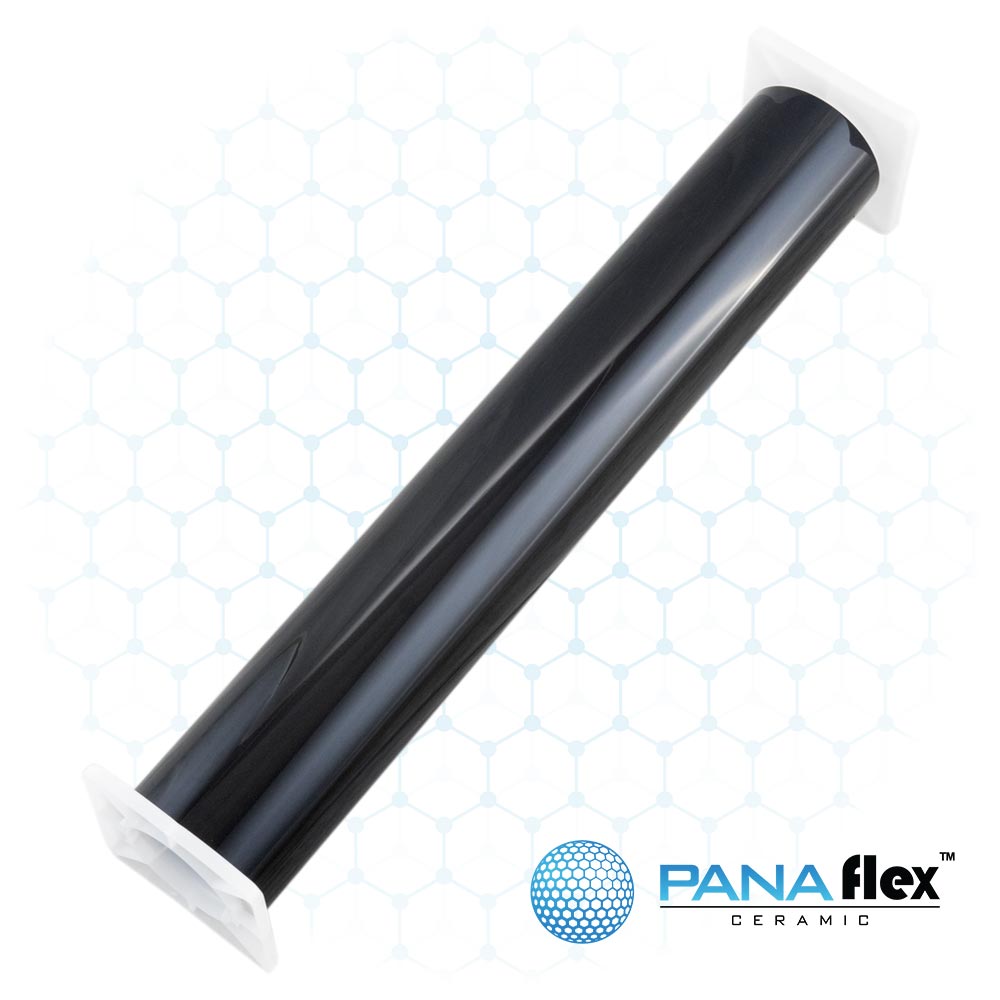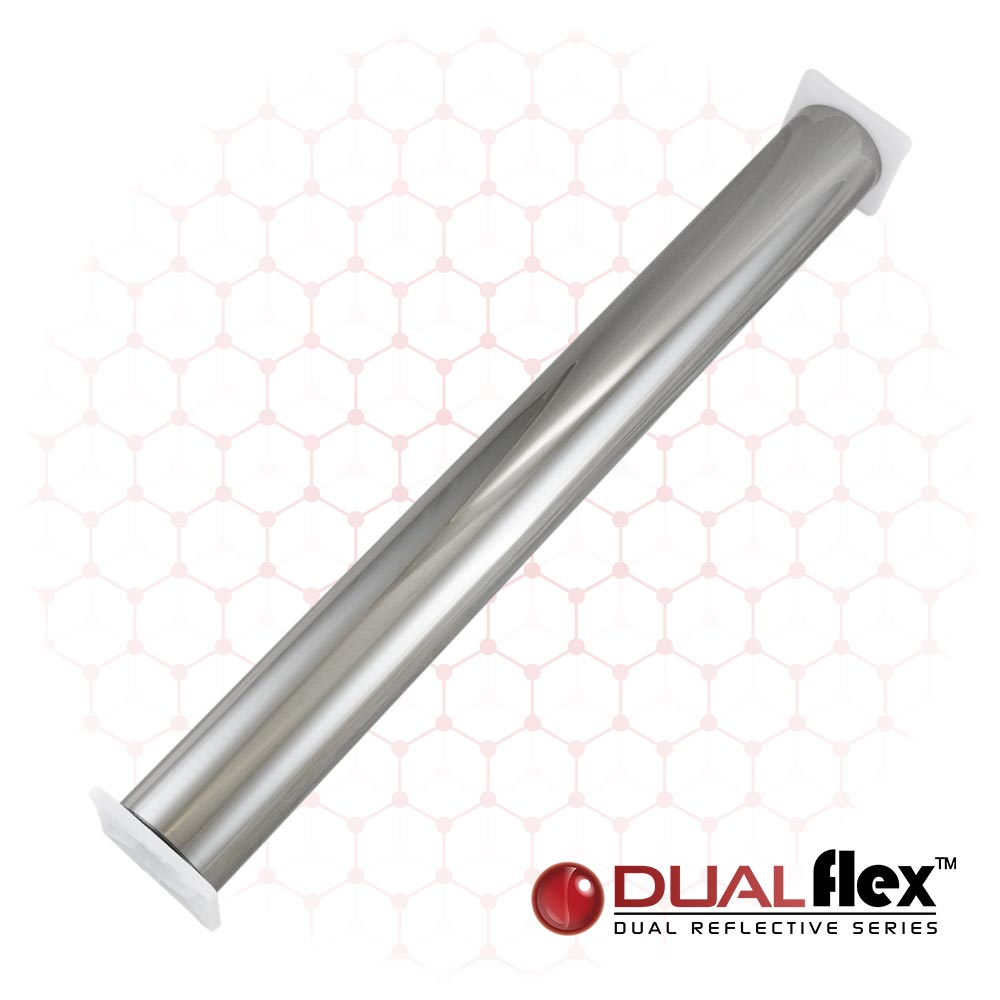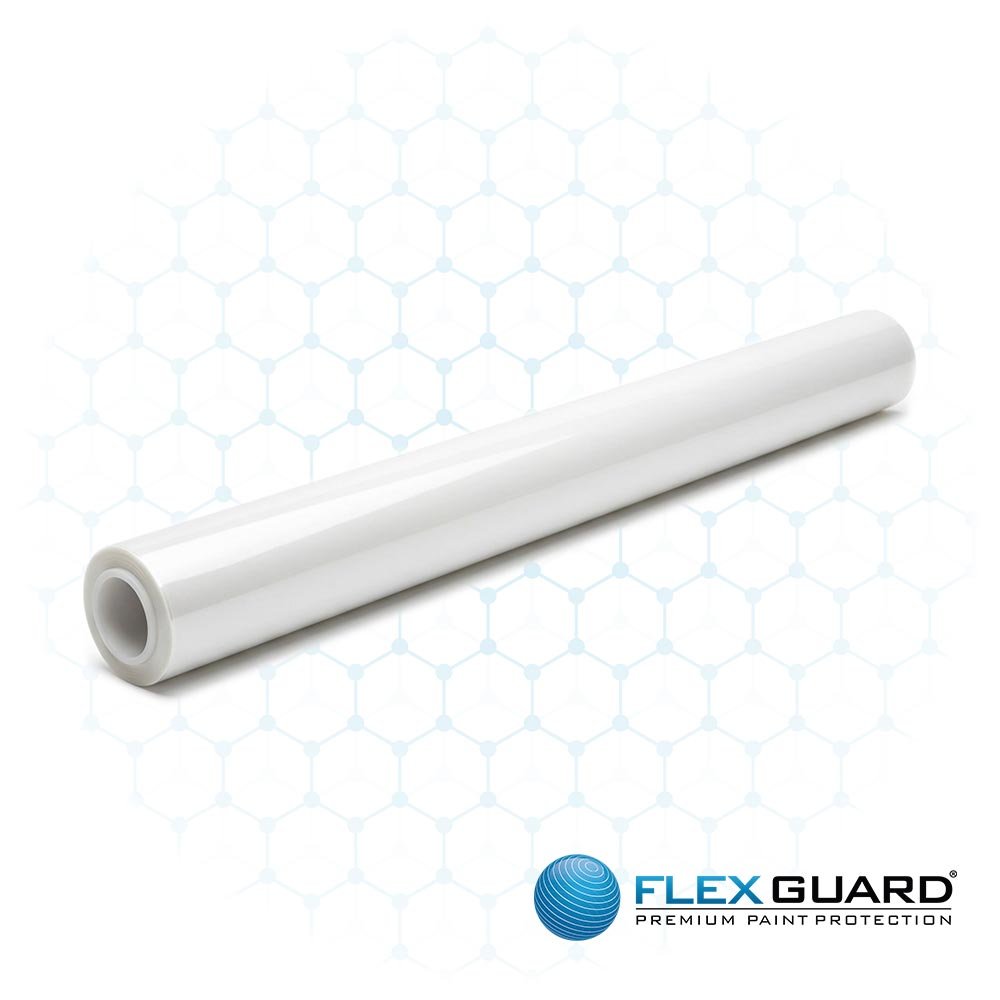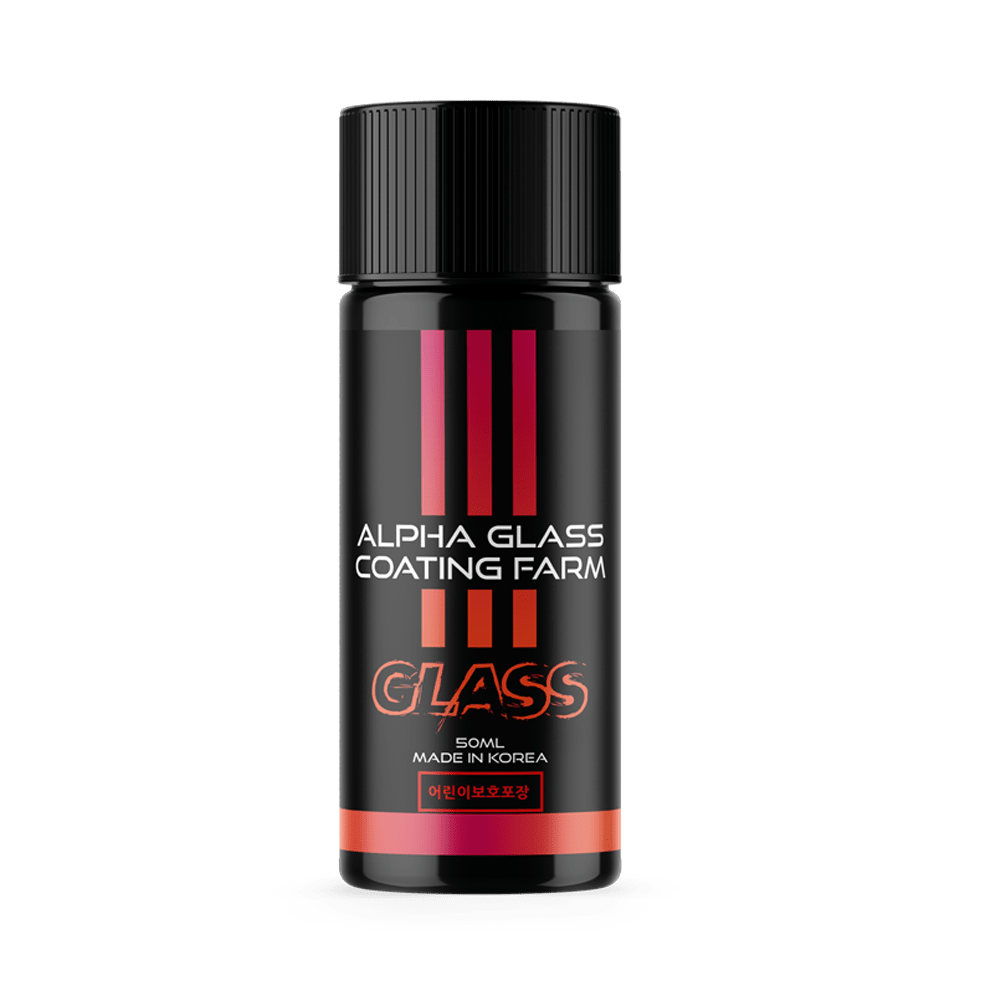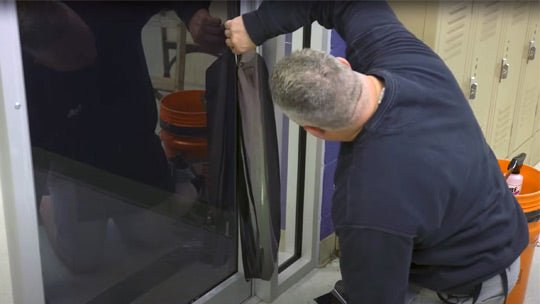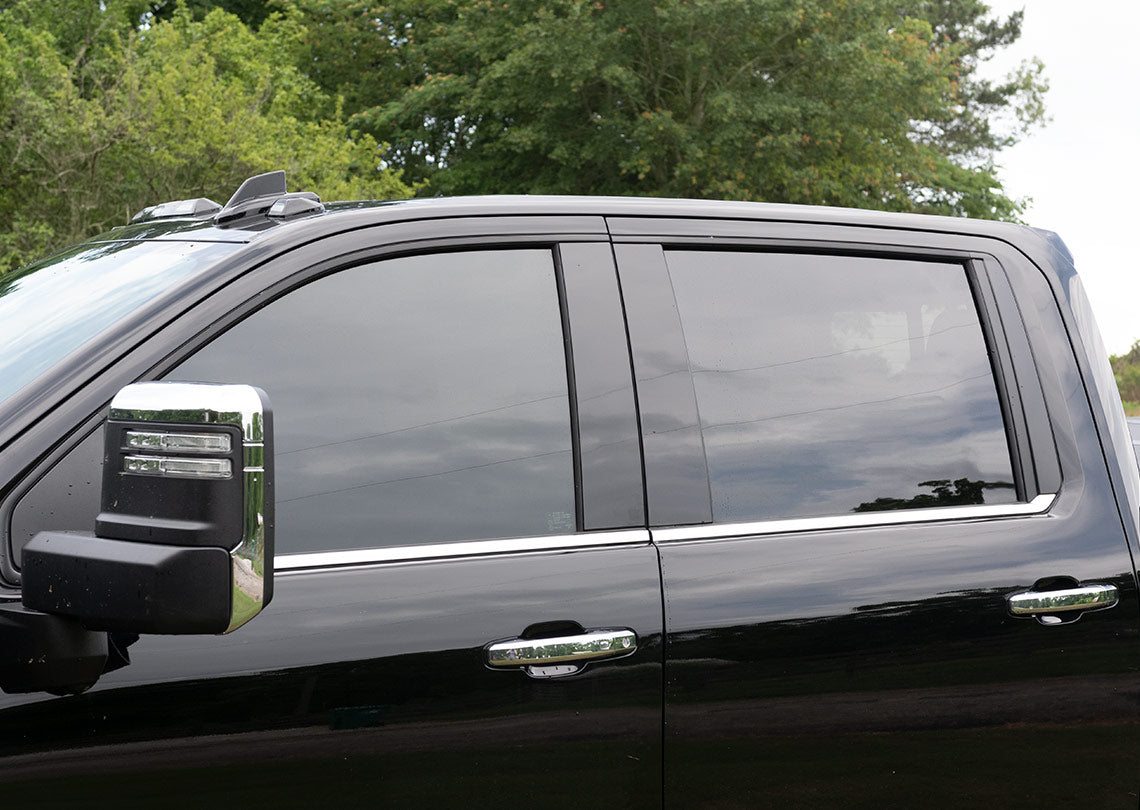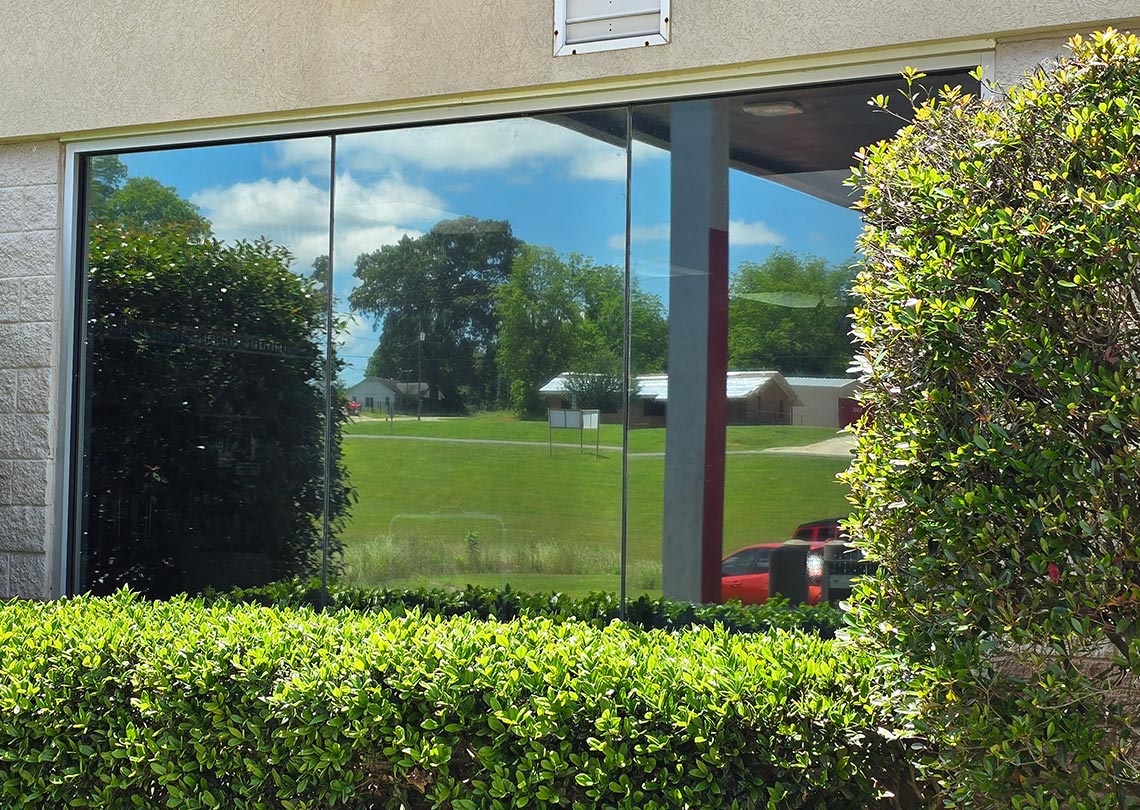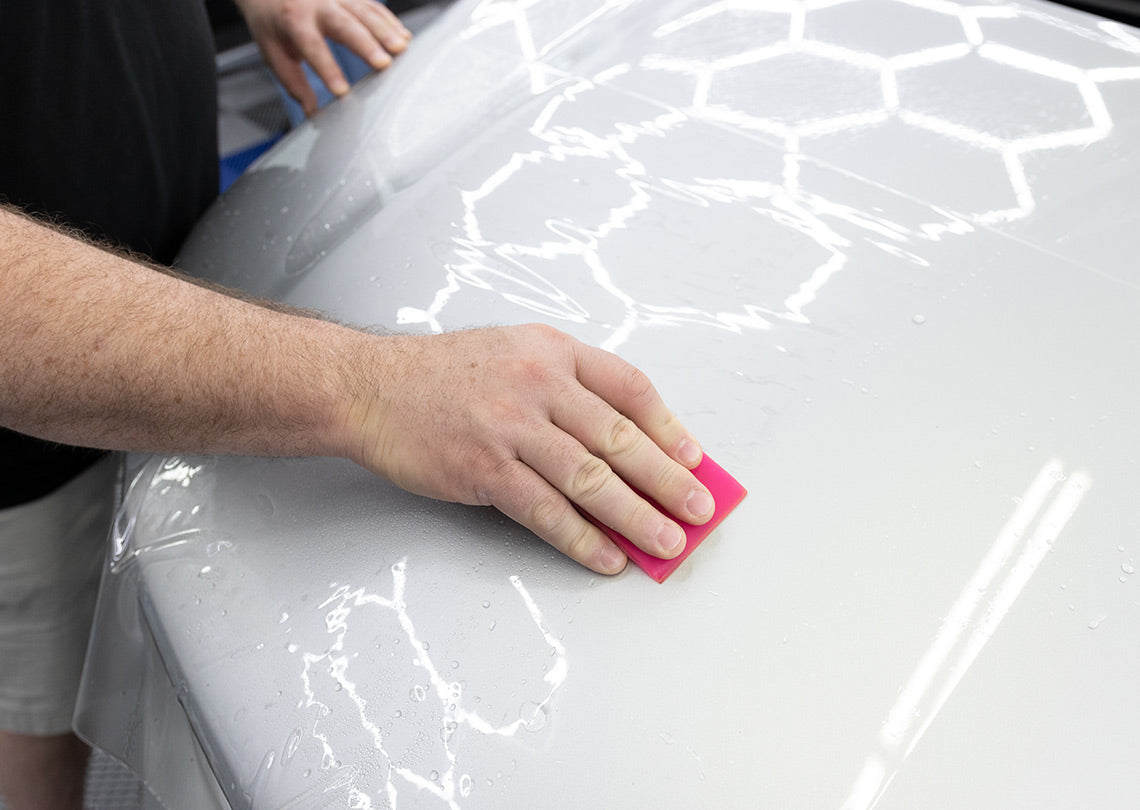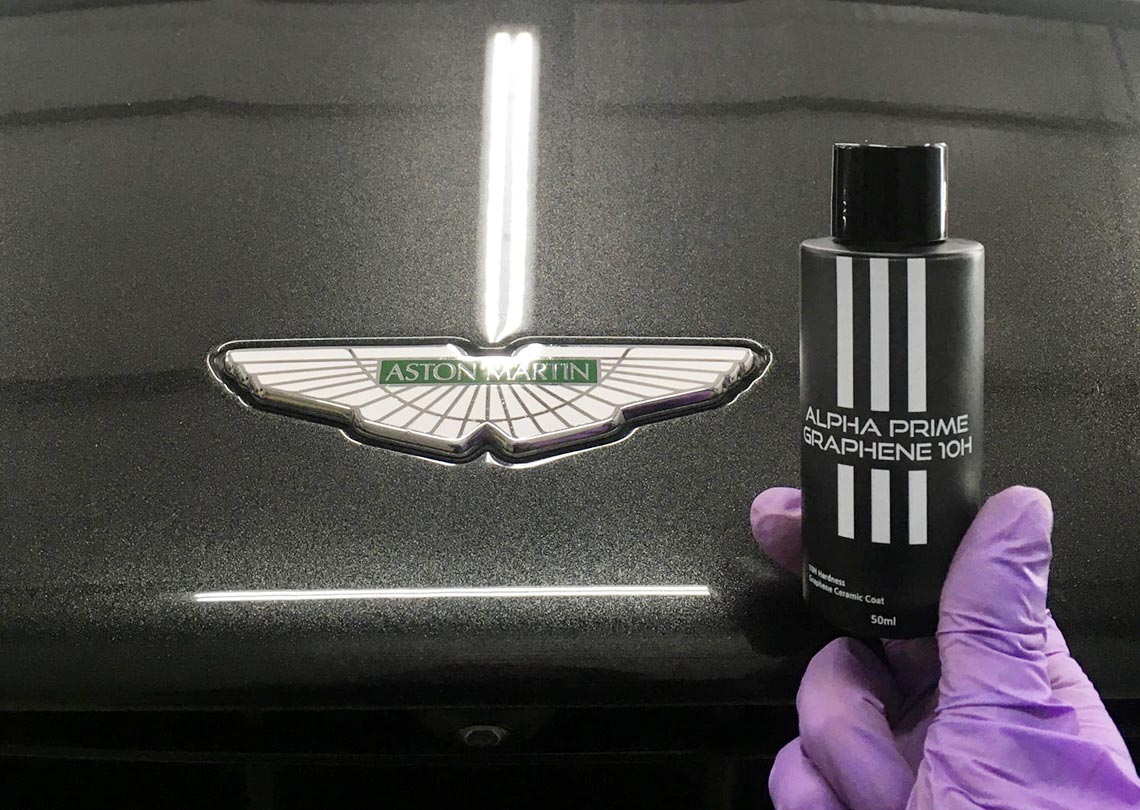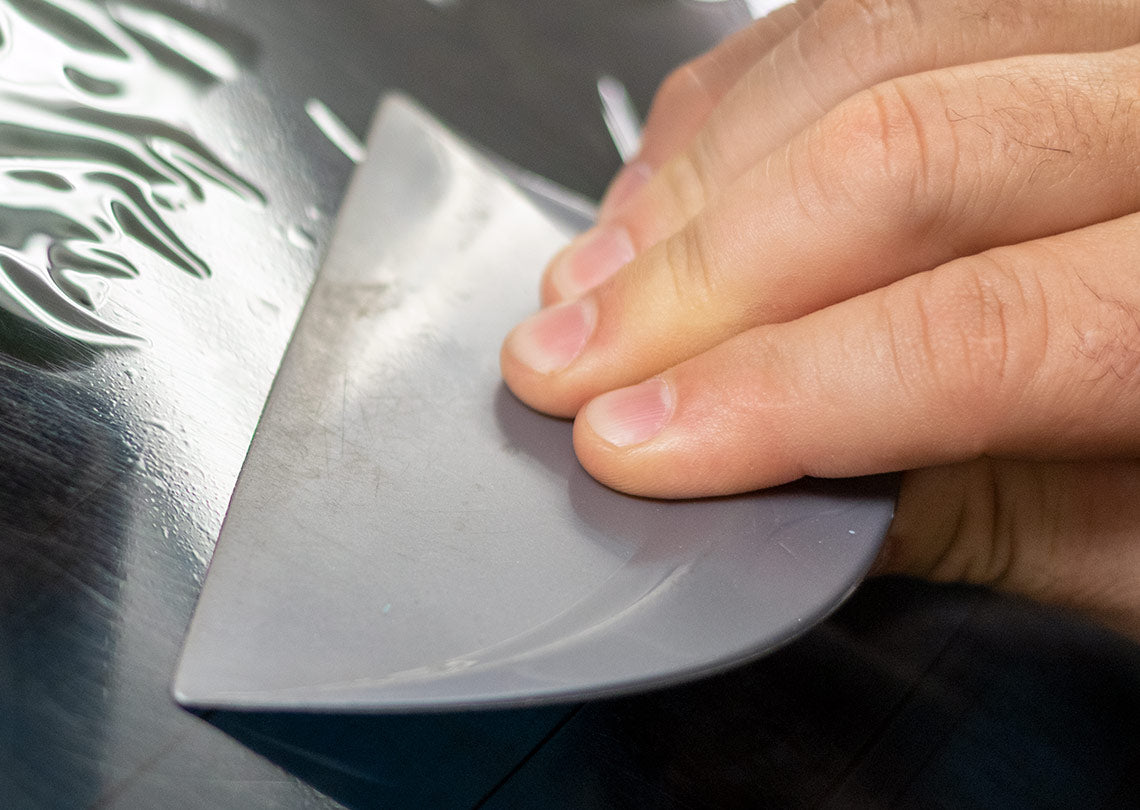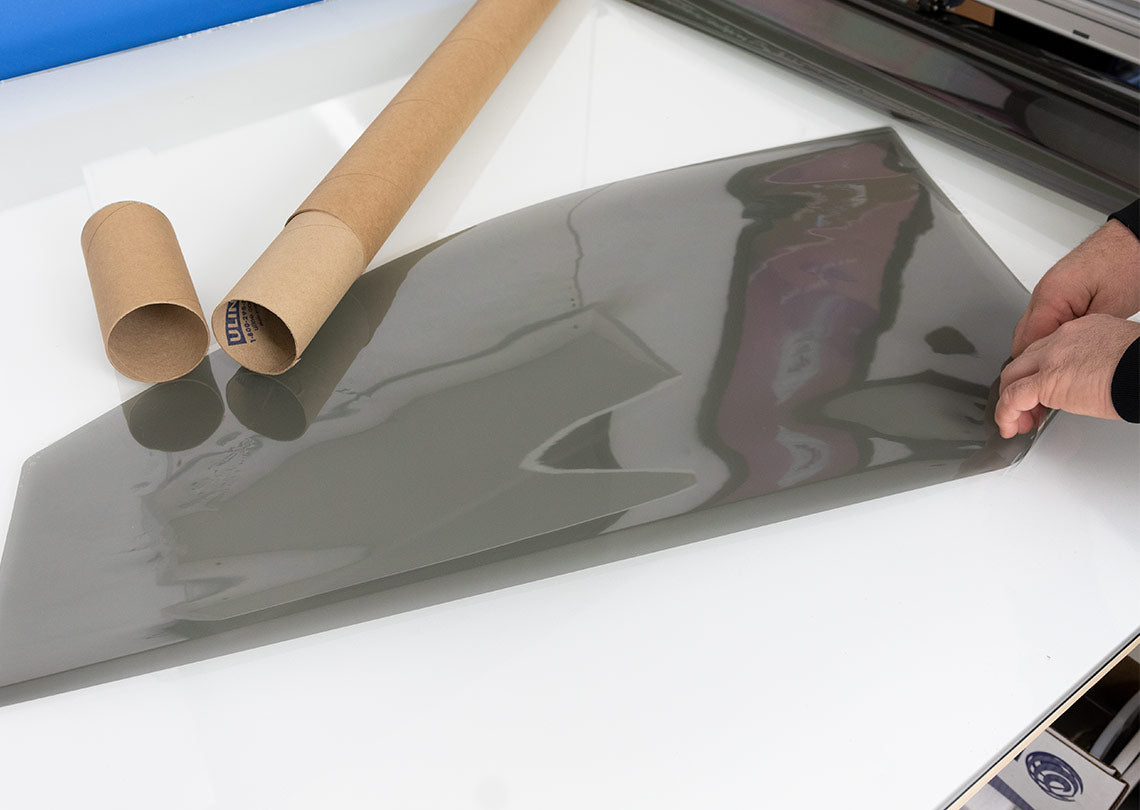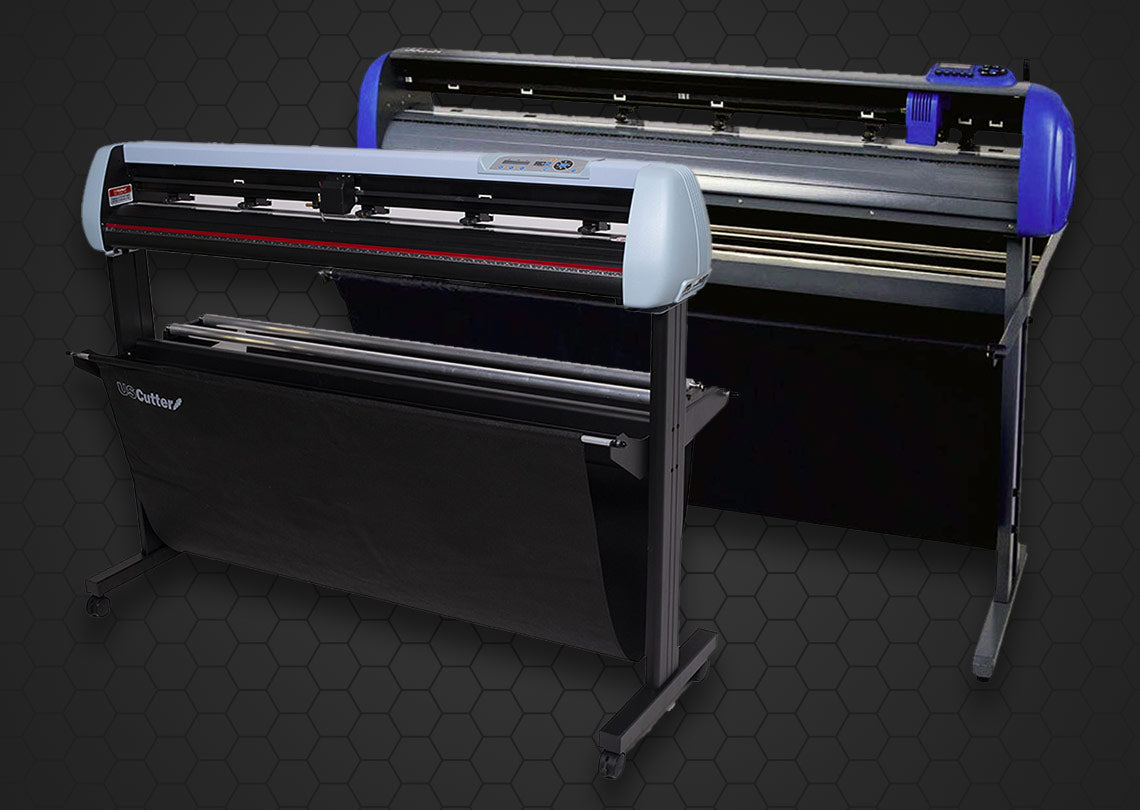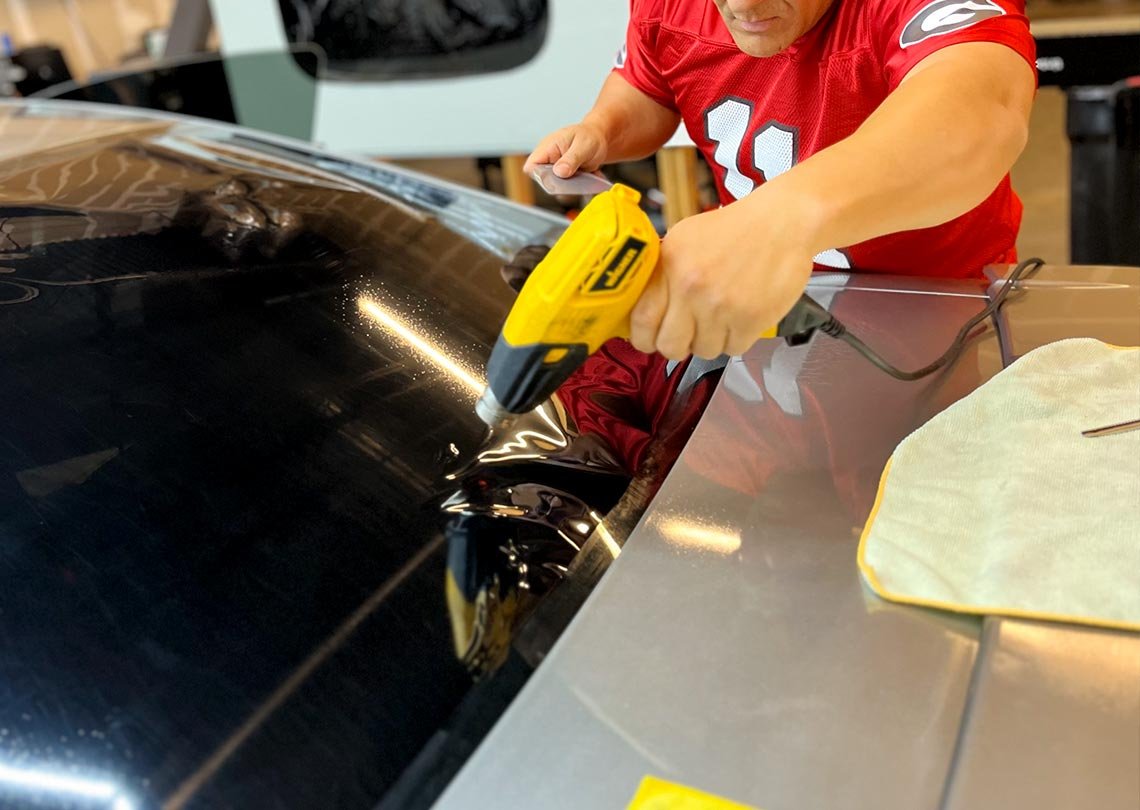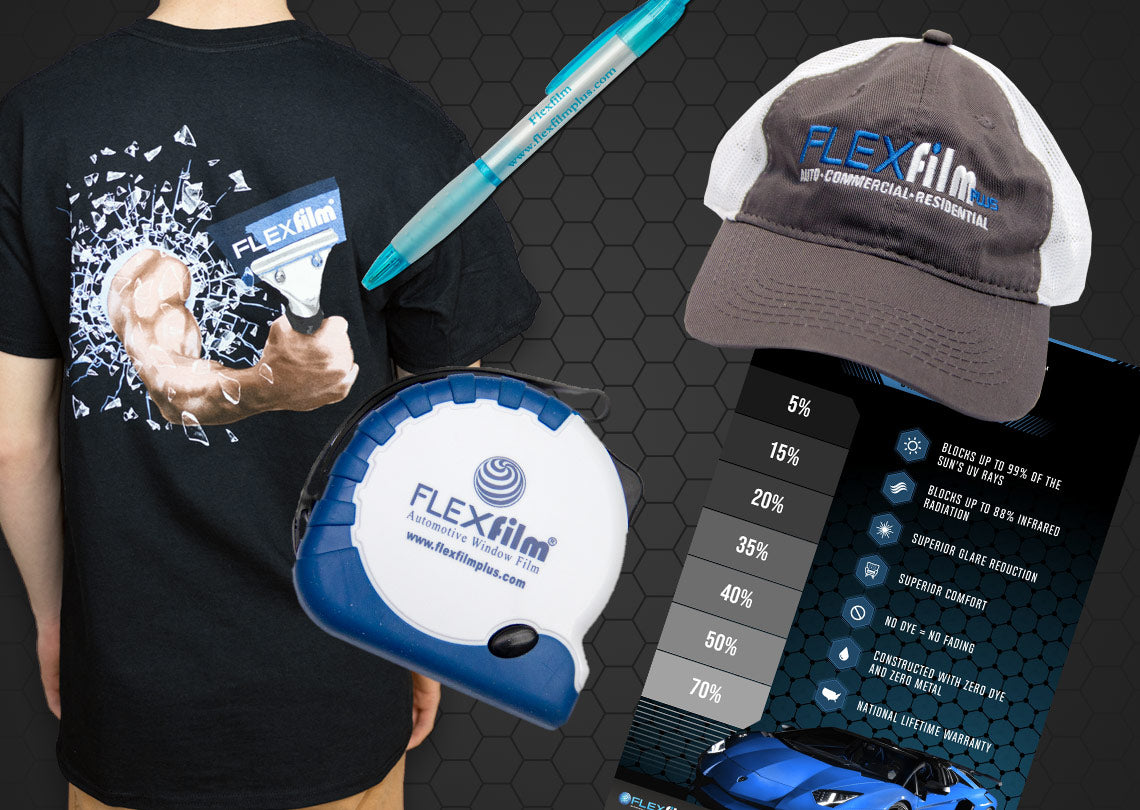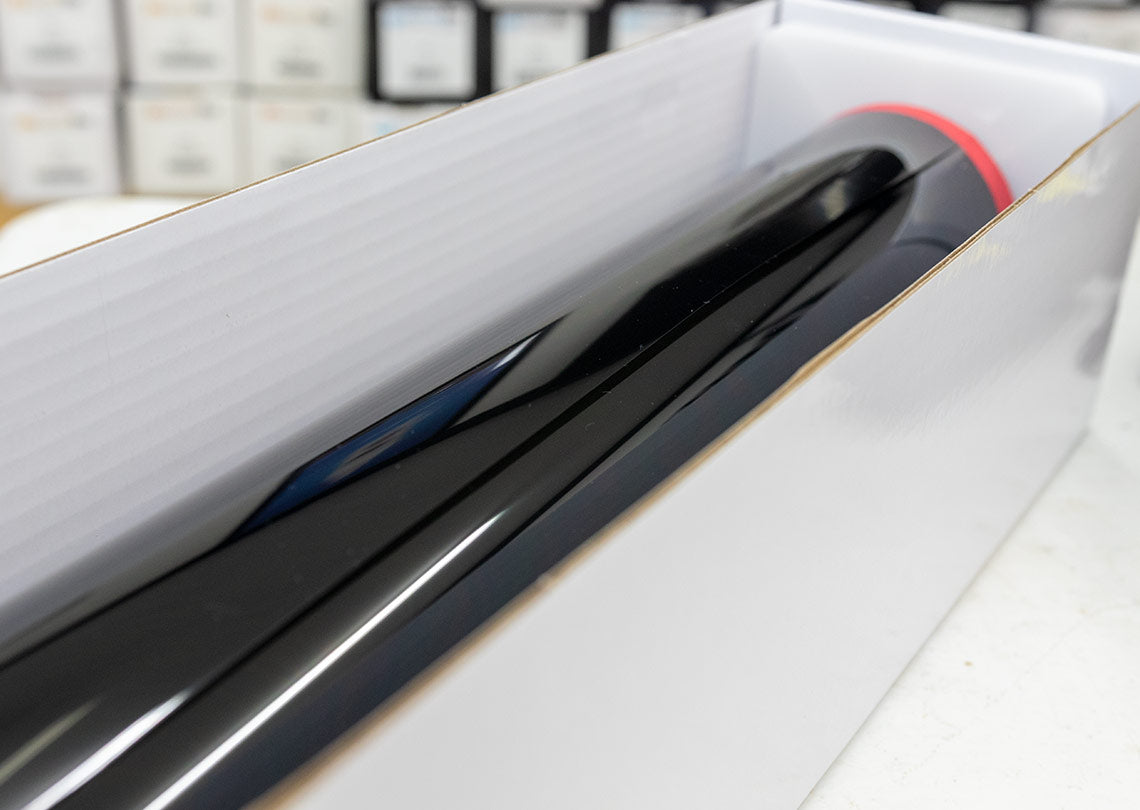Nanoparticle technology doesn't lose performance over time
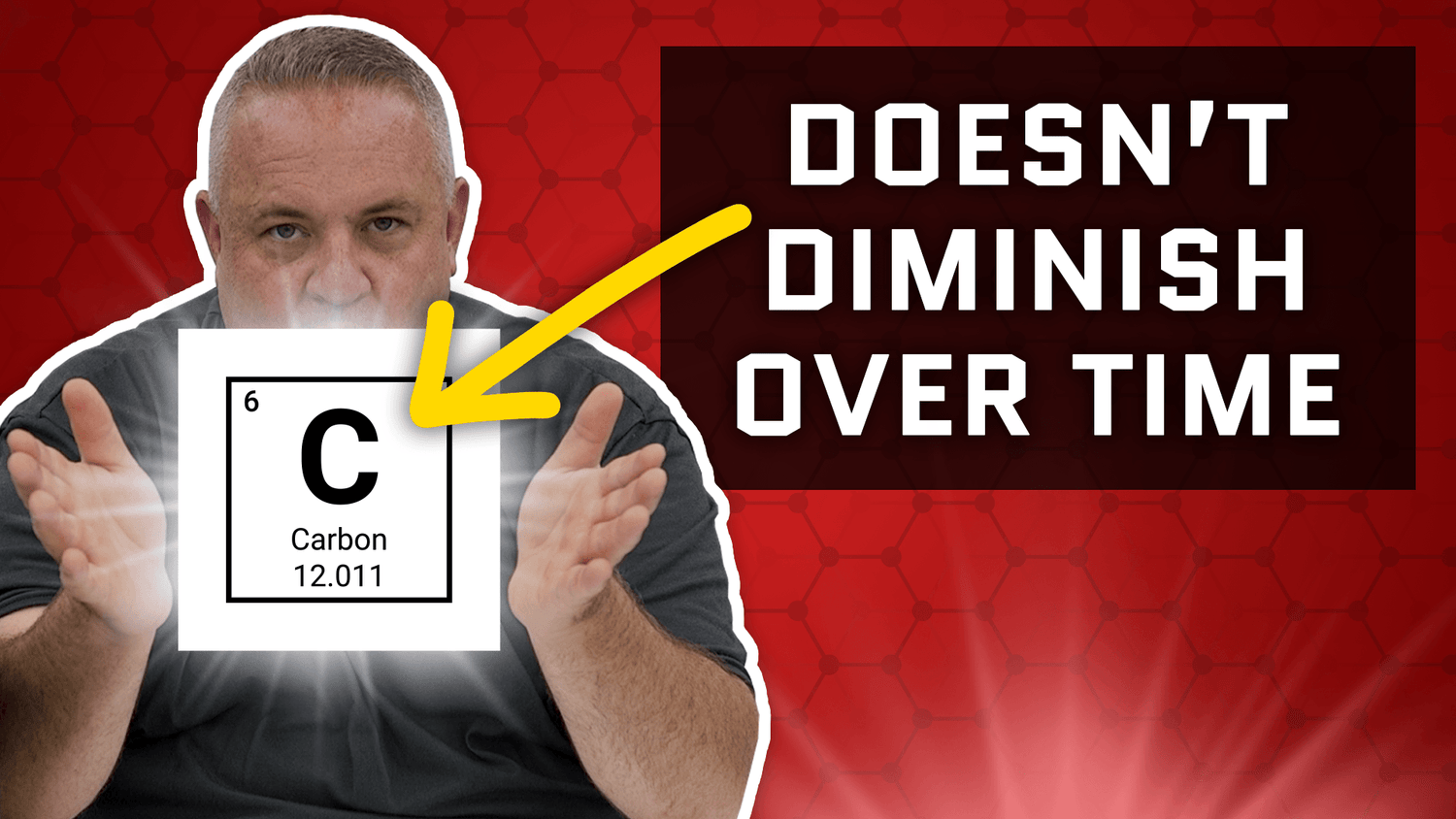
A persistent rumor claims that ceramic or “IR-blocking” tints eventually stop working— that a decade down the road, their heat-rejection numbers fade just like a cheap dye. Some sales reps even hint that competing brands quietly rely on short-lived chemistry. It’s time to separate fact from folklore.
Two Very Different Ways to Block Heat
| Technology | Typical Ingredients | Sunlight Exposure |
|---|---|---|
|
Organic absorbers (sunscreens & some entry-level films) |
UV-blocking chemicals, optical dyes | Molecules break down under UV; protection slowly diminishes |
|
Inorganic nano-particles (true ceramic / IR films) |
Tungsten oxide, Antimony Tin Oxide (ATO), carbon nano-particles | Elemental particles do not degrade; performance stays stable for decades |
Why Flexfilm Uses Elemental Nano-Particles
- Permanent IR rejection — sunlight can’t “evaporate” tungsten or ATO; Day-1 shielding equals Year-10 shielding.
- True color stability — heat blocking isn’t tied to organic dyes, so shade = shade for life.
- Warranty that means something — a lifetime guarantee is credible when chemistry is literally rock-solid.
Bottom Line
Every Flexfilm product—Terraflex, Panaflex, and Nanoflex—uses inorganic nano-particle technology. These particles are elemental; they don’t oxidize away or wash out like dyes. So when you hear that ceramic tint “loses its IR blocking,” remember: durable chemistry never fades.

Dealer Rewards
Start earning points that can be applied as store credit on your next online purchase.

Order Online 24/7
Shop our products online and check out anytime, 24/7, from anywhere!

Call To Order
Call us directly to place your order during business hours, Monday - Friday, 8:00 AM - 4:00 PM CST.
